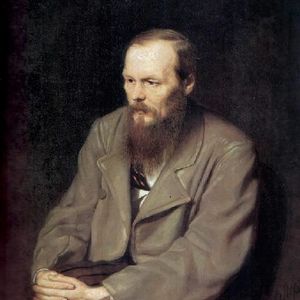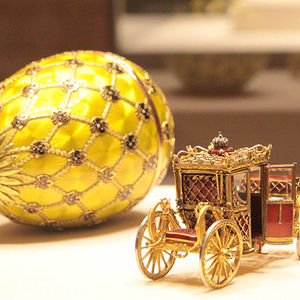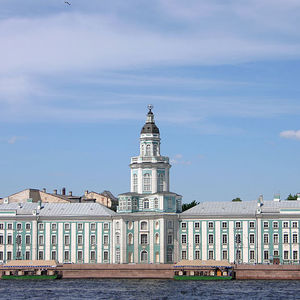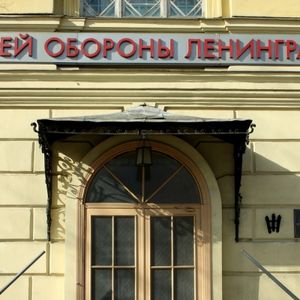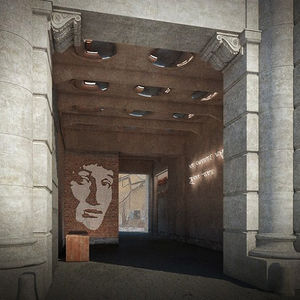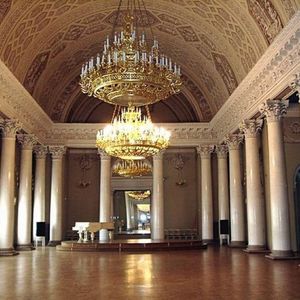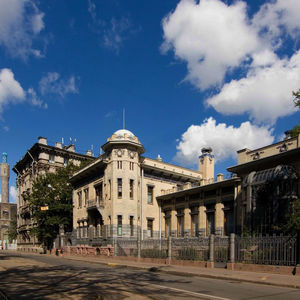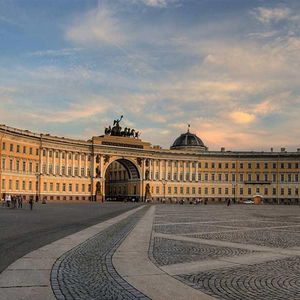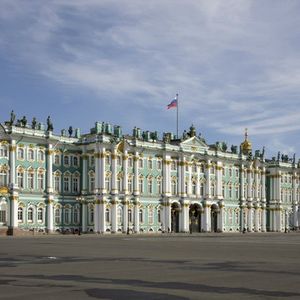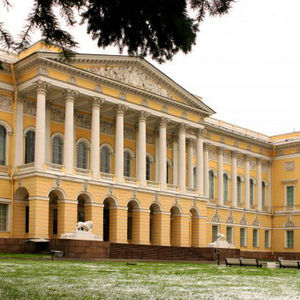Saint Petersburg museums
As expected in the cultural capital of Russia, as St. Petersburg has been called, there are many museums. The undisputed leader among them — the Hermitage. Located in the Winter Palace, the Hermitage is the most-visited museum in all of Russia and houses Russia’s richest collection of world paintings. Many other palaces have also become museums, including the Catherine Palace in Tsarskoye Selo, the Grand Palace in Peterhof, and the Pavlovsk Palace, among others.
In addition to classic museums, St. Petersburg is home to some beautiful and interesting small museums, each with its own theme. St. Petersburg’s first museum, the Peter the Great Museum of Anthropology and Ethnography in the Kunstkamera building, is dedicated to housing and preserving “natural and human curiosities and rarities,” including fetuses with anatomical abnormalities, minerals, gems and scientific instruments. The house-museums of Pushkin, Dostoevsky and Akhmatova are interesting not only to fans of their writing; they also offer a glimpse into everyday life during different periods of Russian history.
Another group of St. Petersburg’s museums will open the history of the city to you. The Rumyantsev Mansion-museum, the Aurora cruiser-museum and the State Museum of the Political History of Russia number among St. Petersburg’s best historical museums.
Below are some of the museums we often include in our excursions into the cultural capital of Russia.
